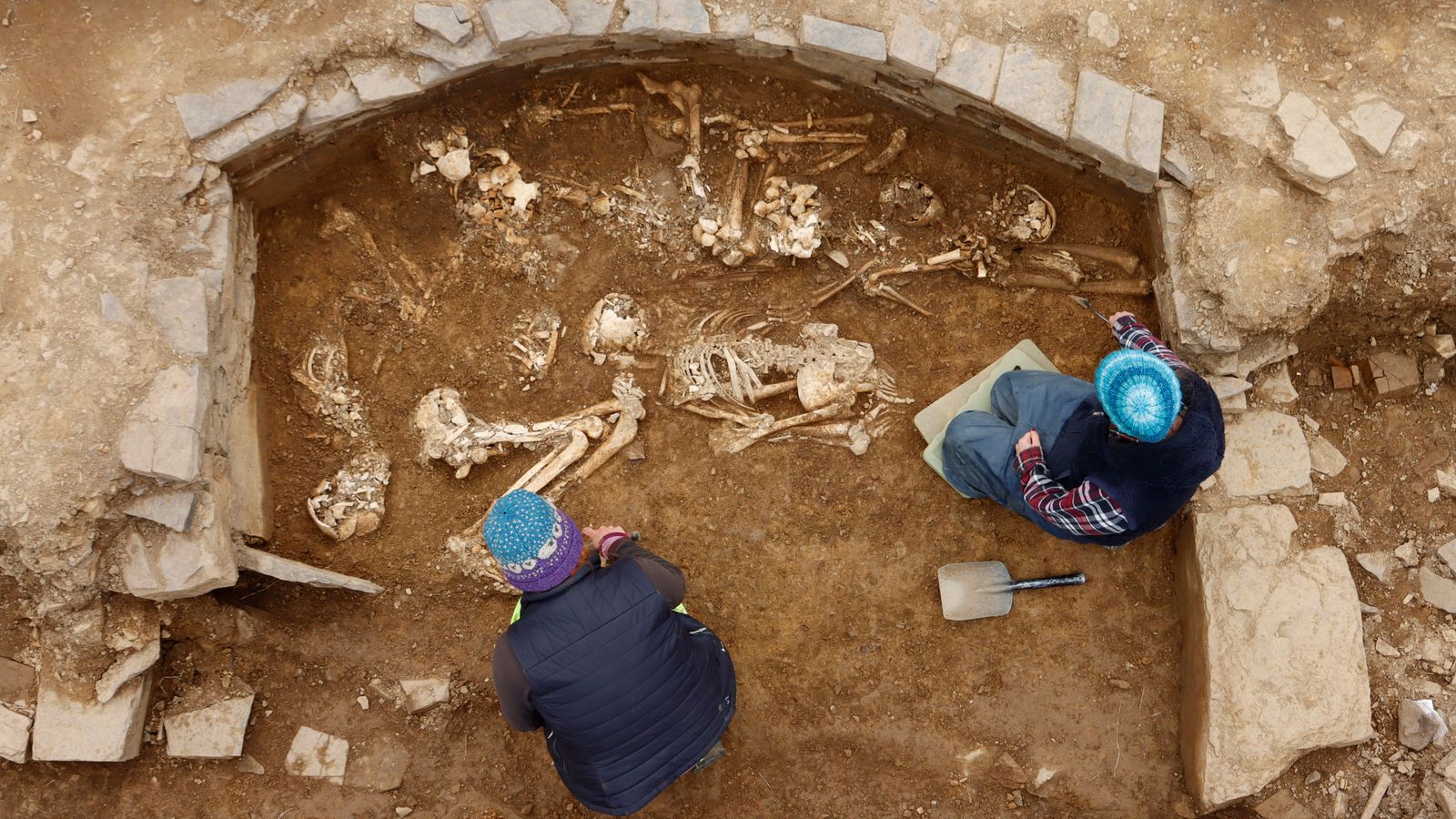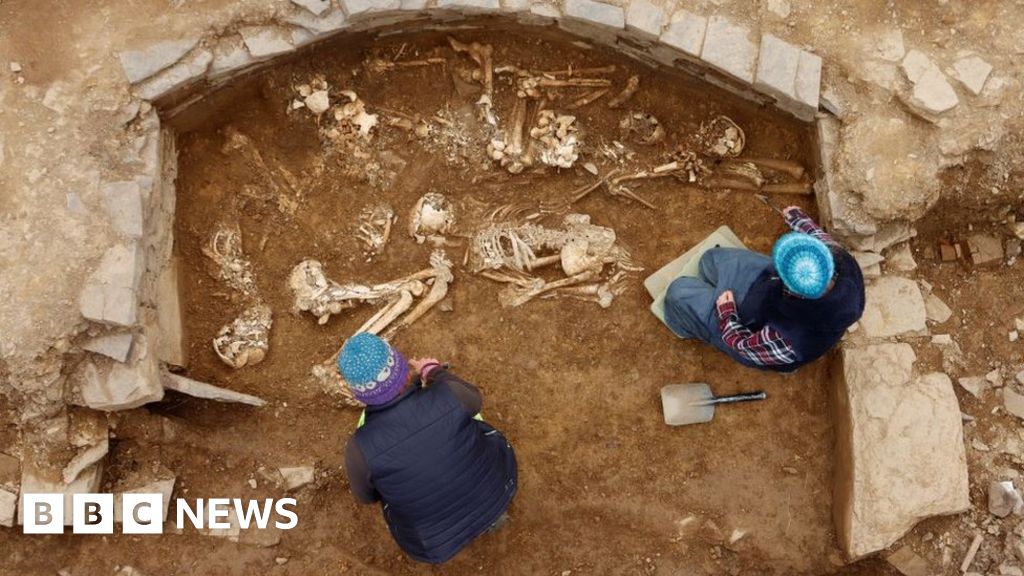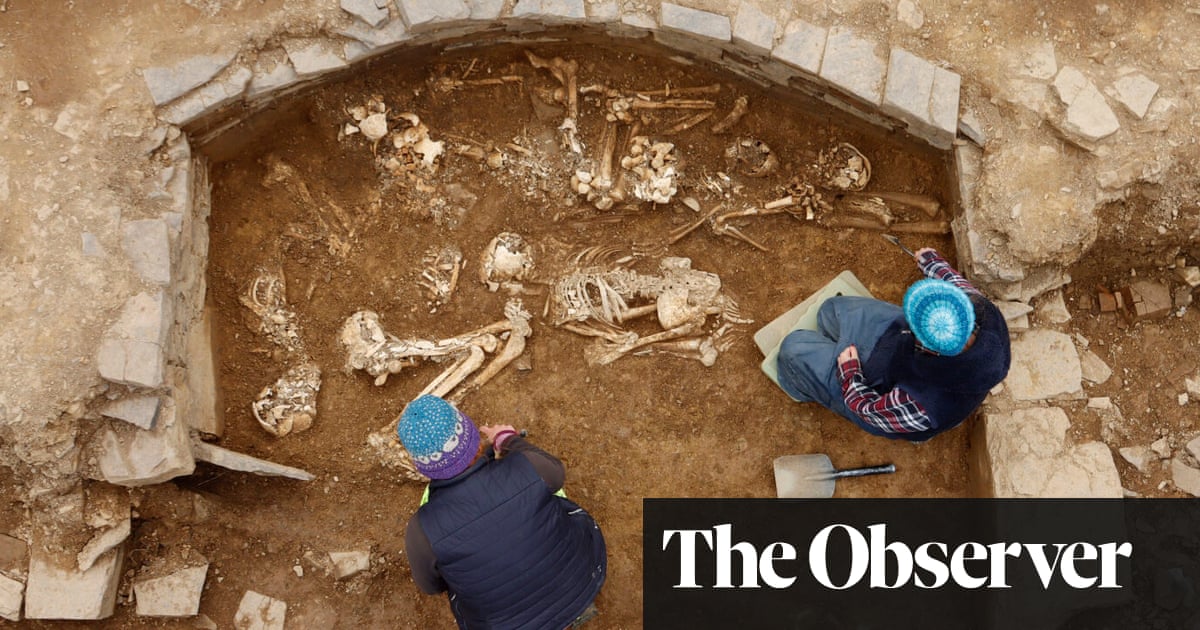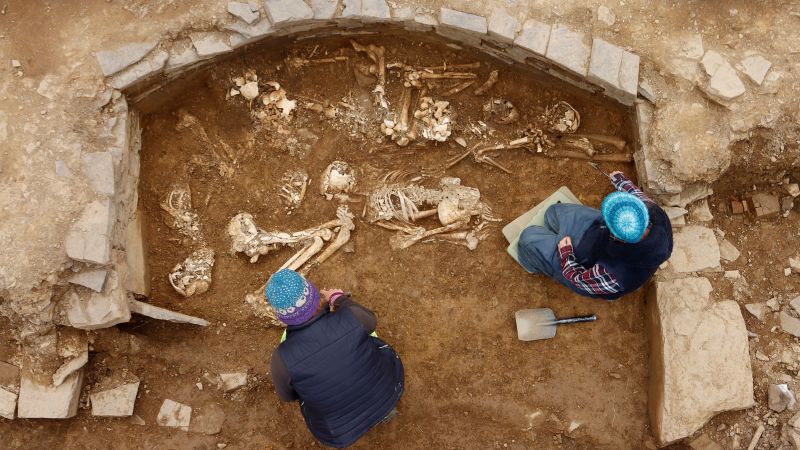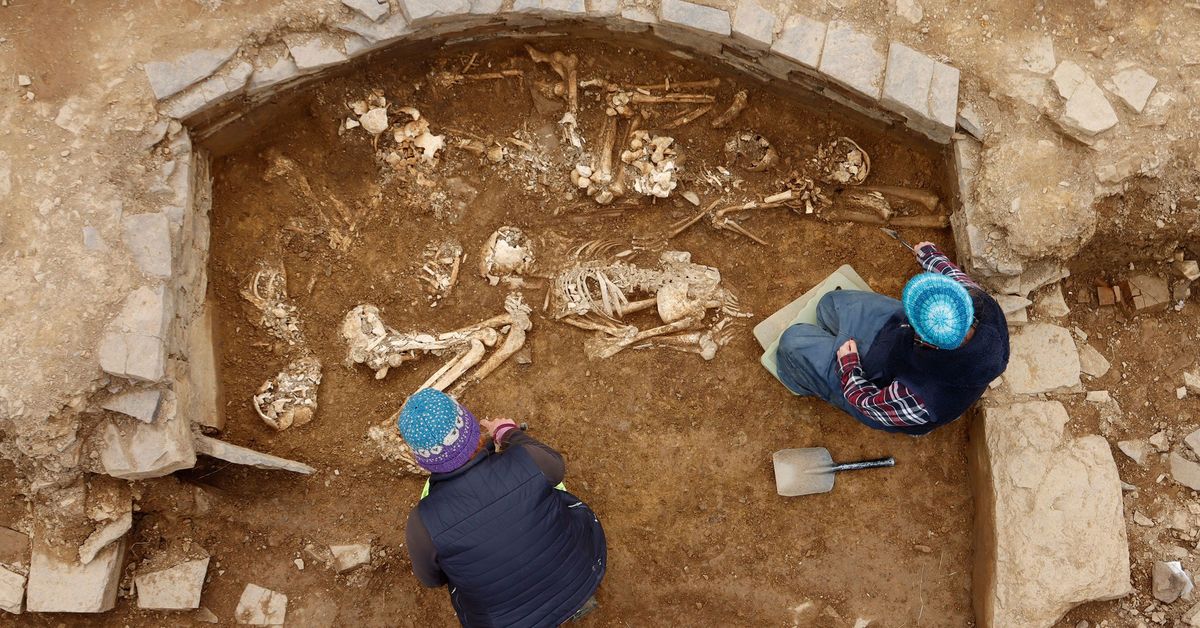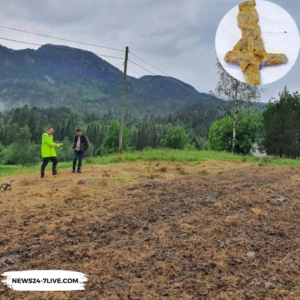Experts from National Museums Scotland (NMS) and Cardiff University have discovered the ruins of an “incredibly rare” 5,000-year-old tomb in Orkney. Located at Holm, East Mainland, this Neolithic site is with historical significance.
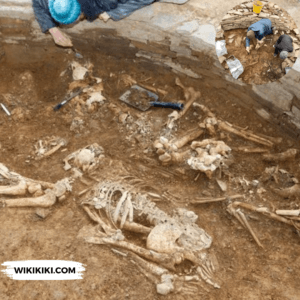
Also Read: Europe’s Oldest Shoes Found in a Spanish Bat Cave
Although damaged by Victorian antiquarians over a century ago, the recent excavation has revealed a wealth of artifacts and 14 skeletons, offering a window into the lives of people who lived in this region millennia ago.
The Neolithic site at Holm had largely been destroyed by Victorian antiquarians 127 years ago, leaving behind an archaeological puzzle.
However, an effort by modern archaeologists has brought this piece of history back to light. Through a search for the precise location of the tomb, experts were able to rediscover its remnants.
Despite the damage inflicted upon the site. The most striking revelation from the Holm excavation is the discovery of 14 skeletons.
These skeletal remains belong to men, women, and children, suggesting that this tomb served as a burial ground for a diverse community.
The arrangement of these bodies hints at burial practices. Researchers anticipate that further analysis, including DNA and isotope studies, will help unveil connections between the individuals and possibly shed light on their origins.
In addition to the 14 skeletons, the excavation has yielded individual pieces of human bone. These fragments provide additional clues about the people interred at the site.
Furthermore, the collaborative effort between archaeologists and local volunteers, particularly those from the University of Central Lancashire, has discovered a trove of artifacts.
Also Read: 1,000 Year-Old ‘Alien Corpses’ Displayed at Mexico’s Congress
These finds include pottery, stone tools, and a bone pin, each offering unique insights into the daily lives and cultural practices of the Neolithic inhabitants of Orkney.
The excavation has revealed a stone cairn, measuring approximately 15 meters in diameter, which once covered the tomb. At the center of this cairn lies a stone chamber, surrounded by six smaller cells.
This structural complexity is indicative of a type of tomb known as a “Maes Howe-type” passage grave. The importance of this architectural marvel cannot be overstated.
To provide a historical context, only 12 similar tombs of this kind have been recorded in Orkney, a region celebrated for its Neolithic archaeological heritage.
Orkney, a group of islands off the northeastern coast of Scotland, is renowned for its wealth of Neolithic archaeological sites.
The region’s ancient monuments, including stone circles, burial tombs, and standing stones, have attracted researchers and history enthusiasts from around the world.
Orkney’s prehistoric treasures are indicative of a society that thrived on these islands thousands of years ago. The unearthing of the Holm tomb is a momentous event in the field of archaeology.
The site’s remarkable preservation of human remains and artifacts is nothing short of extraordinary. The fact that the tomb was nearly lost to history, thanks to the actions of antiquarians who removed stones for building purposes, makes this rediscovery even more remarkable.
Also Read: Four 1,900-Year-Old Roman Swords Found in Dead Sea Cave
These findings have the potential to revolutionize our understanding of Neolithic life in Orkney, shedding light on burial practices, social structures, and cultural rituals of a bygone era.
A team of dedicated archaeologists led this groundbreaking excavation. Dr. Hugo Anderson-Whymark, a senior curator of prehistory (Neolithic) at National Museums Scotland, played a pivotal role in the project.
His expertise and passion for uncovering the past have been instrumental in making this discovery possible.
Alongside him, Professor Vicki Cummings of Cardiff University, a prominent figure in the field of archaeology, co-directed the excavation.
Their collaborative effort, along with the contributions of local volunteers and students, has been instrumental in bringing this ancient tomb back to life.
The three-week excavation at Holm was a meticulous and labor-intensive process. It involved extensive digging, analysis, and documentation.
The team, comprised of both professionals and volunteers, worked diligently to uncover the tomb’s remains and the treasures it held.
Also Read: British Museum: More than 1,000 Artefacts were Stolen

